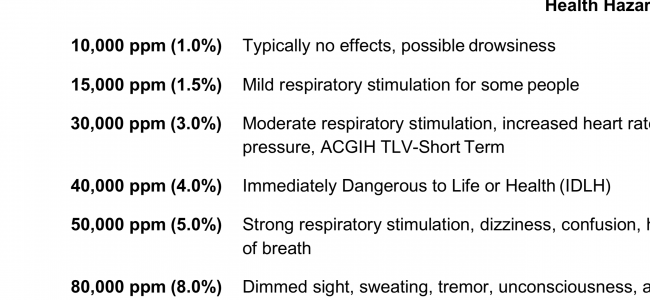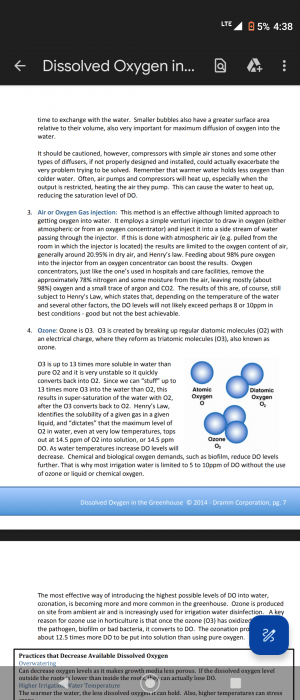Thanks for the interesting thread
@Aqua Man, and thanks to everyone who contributed. I'll be thinking about how oxygenation could apply to organic soil growing. I spent some time scanning web search results. Information is plentiful, so it will take some time to sort and sift through it.
Apparently, there are time-tested techniques for increasing oxygen in soil. One is structuring the porosity of the soil to make sure sufficient pores exist in the soil to provide oxygen for respiration. Excessive water also limits the amount of oxygen the pores can contain. A common method is to loosen the surface of the soil, which is known as tillage aeration. I noticed hardening of the soil surface can result from top dressing nutrients and amendments, so I use a hand rake to till the soil.
There's abundant information about using H2O2 to oxygenate soil. It is a powerful oxidant. It reacts with water to release oxygen molecules. I need to read more about this, especially techniques for how to do it. I noticed claims that too much oxygen can stunt root growth. It's also a disinfectant, so I began to wonder if it could be used to sterilize soil prior to the addition of helpful microorganisms and growing plants. If nothing else, it's commonly used to kill fungus gnats.
Then mine should be growing well. I live on an island. There certainly is plenty of vegetation here.



